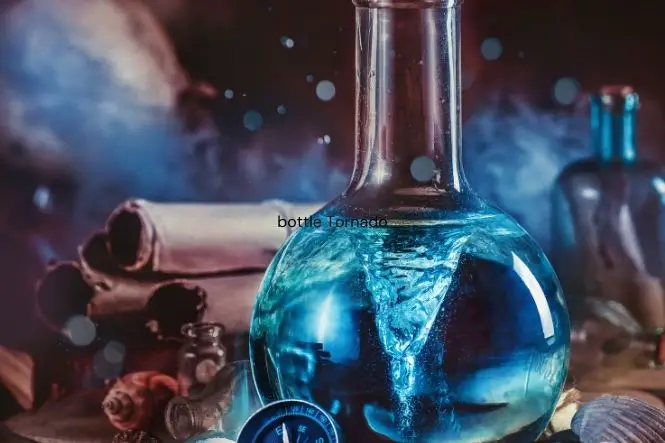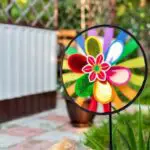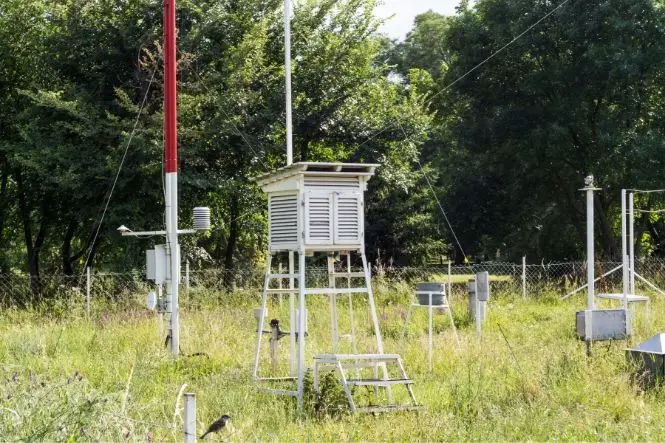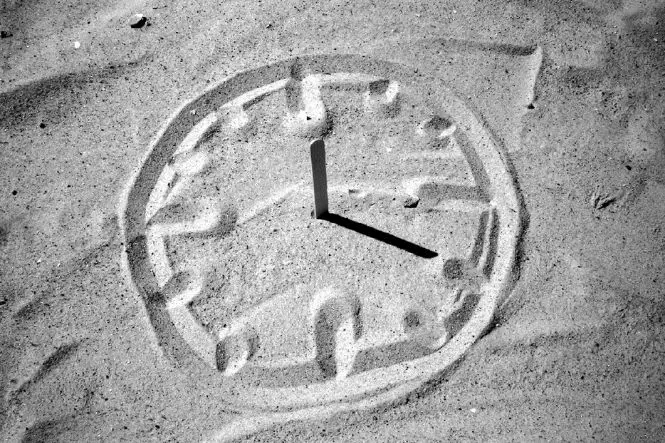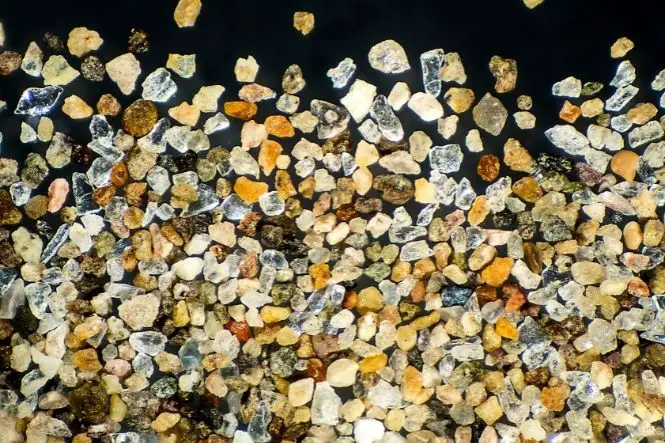A tornado is a violent storm, usually with a twisting funnel of wind extending from a cloud down to the ground. The wind in a tornado is usually 40-110 miles per hour, but can reach over 300 miles per hour. An average tornado moves about five miles, but a severe storm could travel many miles before it breaks up, causing much damage and injuring or killing people and animals.
Table of Contents
Where do Tornadoes Happen
Tornadoes are most common in an area known as ‘Tornado Alley’, a strip down the central United States, in spring and summer. There are over a thousand tornadoes a year in the USA – tornadoes also happen in India and Bangladesh, and even occasionally in the UK.
What Causes a Tornado
A tornado develops out of a thunderstorm. Moist, warm air rises into cooler air and forms a cloud. This creates a strong updraft, which may form a vortex (a spiral of air). If this vortex reaches down to the ground, this is a tornado. The winds in the tornado, and the suction, can cause major damage.
The direction of rotation of very large storms, oceans and weather patterns are affected by the Coriolis effect, which is the impact of the rotation of the earth, but tornadoes are too small to be affected.
Making a Tornado in a Jar
Three quarters fill a jar with water, add a little washing up liquid, and put the lid on tightly. Turn the jar upside down, shake it to create bubbles, and then swirl the jar around to make the water inside spin – this will create a vortex that sucks the bubbles down at the centre.
When this happens in air, it is called a tornado, and when it happens in water, it is called a whirlpool. Whirlpools are caused by shapes in the shore or the bottom of the river or sea, or by the meeting of two different tides or currents.
Making a Tornado in a Bottle
Three-quarters fill a two-litre drinks bottle with water, and then turn another bottle upside down on top of it and securely tape the two necks together, so that no water can leak out. Turn the two bottles upside down and swirl the bottles fast to get a tornado effect started. What happens if the bottles are not swirled, just turned upside down? Try putting a piece of tape or a metal or plastic washer over the neck of the full bottle and putting a hole in it before taping the second bottle – what difference does the size of hole make? Adding a bit of food colouring and glitter, or a bit of coloured lamp oil or oil with some oil-based paint in it might make the effect easier to see.
Swirling the bottles crates a vortex, which pushes the water out to the sides of the bottle, and creates a ‘hole’ at the bottom for air. This lets the air up from the bottom bottle, and allows the water to flow down. Without this ‘hole’, the air and water have to take it in turns to pass through the neck.
Making a Tornado in a Bath
When the water runs out of the bath, the down draught from the drain helps create a vortex. Many people think the Coriolis effect makes water in baths and sinks drain in different ways – anti-clockwise in the Northern hemisphere and clockwise in the Southern hemisphere. However, baths and sinks are too small to be affected and the direction that the water drains is more likely to be caused by the shape of the sink or the bath, the slope of the floor and the shape of the drain. Check to see how sinks and baths drain in different houses.

